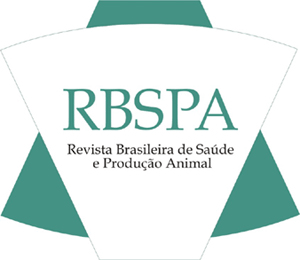According to FAO, meat production will double by 2050 to meet the demand of growing and more affluent population. The soaring demand presents an environmental challenge for intensive animal production. Greenhouse gas emissions (GHG), particularly methane (CH4) increases as animal numbers increase, however, mitigation strategies such as dietary manipulation (e.g., lipid supplementation), ionophores, defaunation and biotechnologies can be used to reduce emissions per animal. Emissions from manure storage can also be reduced using biological and thermochemical conversion technologies with added benefit of producing bio-energy while treating livestock wastes. At the animal level, reduction of overfeeding protein and balancing the amounts of protein degraded in rumen and those allowed to bypass the rumen will reduce N excretion. Synchronizing energy and protein supply to animals also offers better utilization of nutrients with concomitant decrease in urine N, which contains high levels of urea that can be converted into ammonia when mixed with feces. Phosphorus in manure represents a significant renewable resource and there are several technologies that remove and recover P from manure including chemical precipitation, biological P removal and crystallization. The development of technologies for GHG and nutrient reduction offers the opportunity for environmental sustainability.
entenic fermentation; methane; ruminants

 Technological innovations in animal production related to environmental sustainability
Technological innovations in animal production related to environmental sustainability